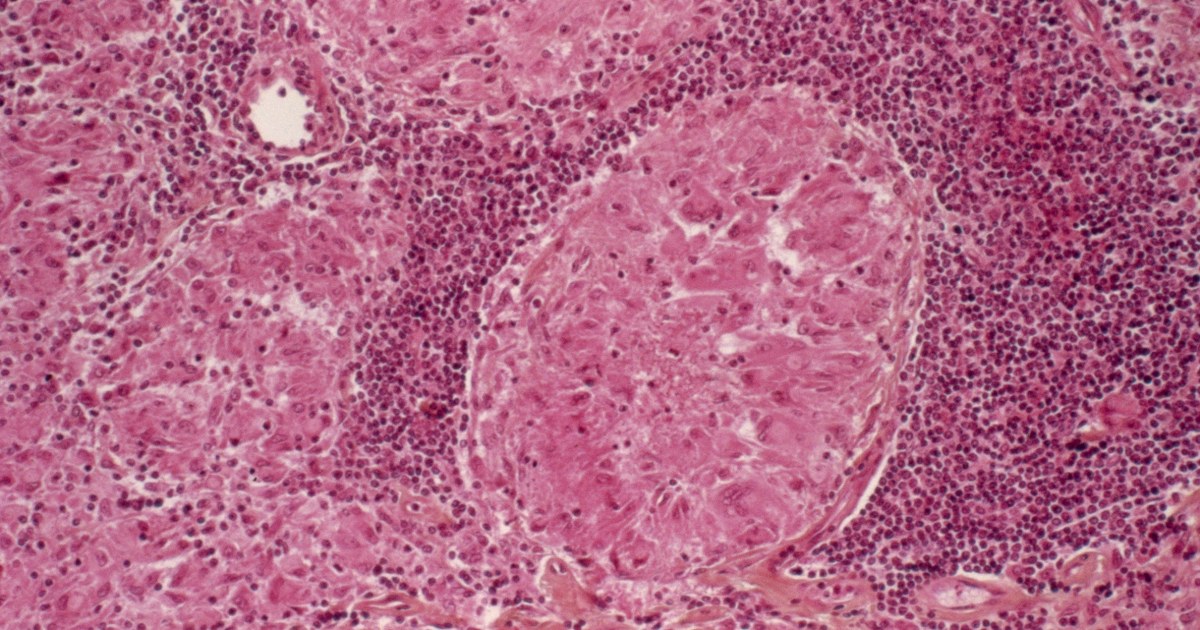The City Council of Long Beach, California, is poised to authorize a public health emergency in response to a local outbreak of tuberculosis.
The city’s health officer, Dr. Anissa Davis, declared the emergency last week, after its health department detected 14 tuberculosis cases at a single-room occupancy hotel. The City Council vote on Tuesday night will serve as the final approval for the declaration.
Nine tuberculosis patients have been hospitalized and one has died, according to the health department. As of Monday, about 175 people had been exposed to tuberculosis as a result of the outbreak.
In a news release last week, the department said that “the population at risk in this outbreak has significant barriers to care including homelessness and housing insecurity, mental illness, substance use and serious medical comorbidities.”
The department added that it is testing people who were exposed. No new cases have been reported since last week.
The outbreak was reported amid a national rise in tuberculosis cases, which have increased since 2020 after 27 years of decline. The U.S. recorded 9,615 active infections last year — a 16% increase over the previous year.
The emergency declaration should free up resources for tuberculosis screening and treatment, according to the Long Beach health department.
“The health department is mostly grant funded, so we need to have the structure in place so that we can get our internal resources where they’re needed most right now,” said Jennifer Rice Epstein, the health department’s public affairs officer.
The Long Beach health department said it is isolating patients who are infectious, treating them and providing them with temporary housing, food and transportation as needed.
People experiencing homelessness have a higher risk of tuberculosis for several reasons, including substance use — which can weaken the immune system — and living in crowded conditions where it is more likely to spread. Underlying health problems, such as diabetes, cancer and HIV, also make it harder to fight off tuberculosis infections.
“Living in poverty, not having good access to nutrition, not having access to sunlight and fresh air — all these are things that are going to make it much easier for TB to spread and take advantage of vulnerable people,” said Dr. Luke Davis, an associate professor of epidemiology and medicine at the Yale School of Public Health.
Davis said he’s not sure whether tuberculosis is actually becoming more common or whether it’s a matter of increased diagnoses.
“Are we diagnosing more people? Yes, we are. Does that also mean there’s more TB out there? That is a little bit more difficult to answer,” he said.
But other doctors who treat tuberculosis patients said case numbers are indeed rising, most likely because reduced access to medical care delayed diagnoses or allowed some infections to go undetected.
“We did millions and millions of tests for Covid and fewer tests for TB,” said Richard Chaisson, director of the Johns Hopkins University Center for Tuberculosis Research. “What that means is that people had tuberculosis, it wasn’t diagnosed, and they continued to transmit it to other people.”
Tuberculosis symptoms usually manifest up to two years after someone is infected, so people who are diagnosed now could theoretically have been exposed during the pandemic, he said.
What’s more, Chaisson added, many public health departments are stretched for funding and staffing.
“Without increased public health interventions, we’re on the wrong course,” he said.
The U.S. Preventive Services Task Force recommends that primary care doctors screen people at increased risk of tuberculosis, such as those in homeless shelters or correctional facilities and people who previously lived in countries with high prevalences of the disease.
But that doesn’t always happen, said Dr. Priya Shete, an associate professor of medicine and epidemiology at the University of California, San Francisco.
“Increasing cases over time — this year, last year and the next few years — probably shouldn’t be unexpected,” Shete said, adding that “it’s going to go on like this unless we do something drastic to turn the tide.”
The bacterium that causes tuberculosis can spread through the air when someone with an active case coughs, sneezes or speaks. It often targets the lungs, so many people develop a bad cough that lasts three weeks or longer, experience chest pain or cough up blood or phlegm.
Most active cases aren’t linked to an outbreak — rather, they develop from a latent infection that was never screened, diagnosed or treated. Up to 13 million people in the U.S. have latent tuberculosis, meaning the bacteria live in the body without making them sick. Around 5% to 10% of those latent cases develop into active disease if they are left untreated.
Treatment for active tuberculosis usually involves taking antibiotics for at least six months, though some courses can take a year or longer.
